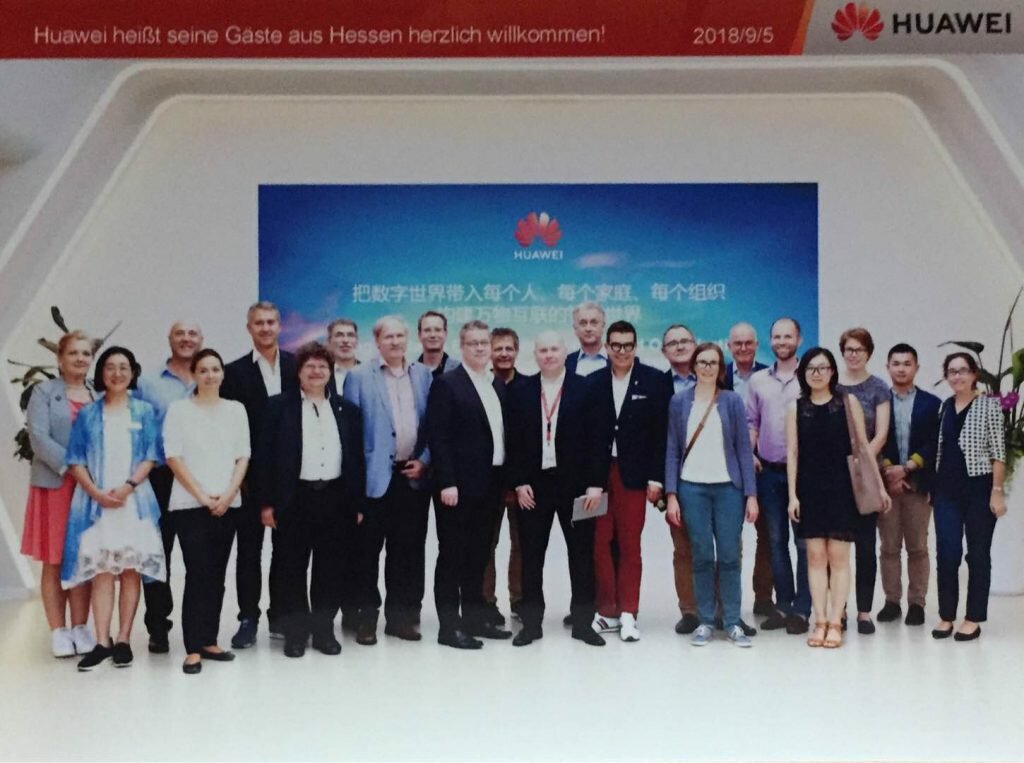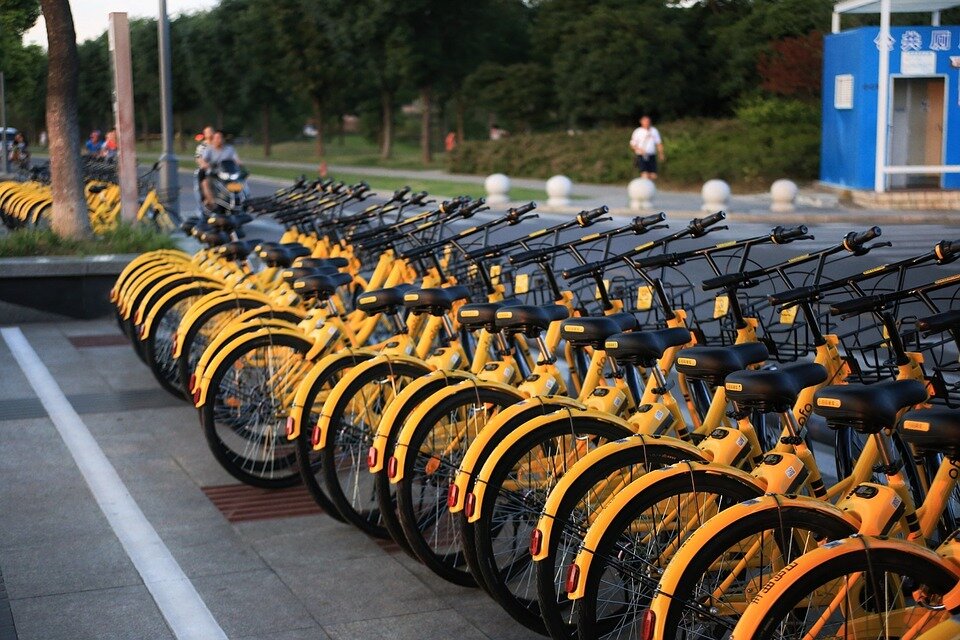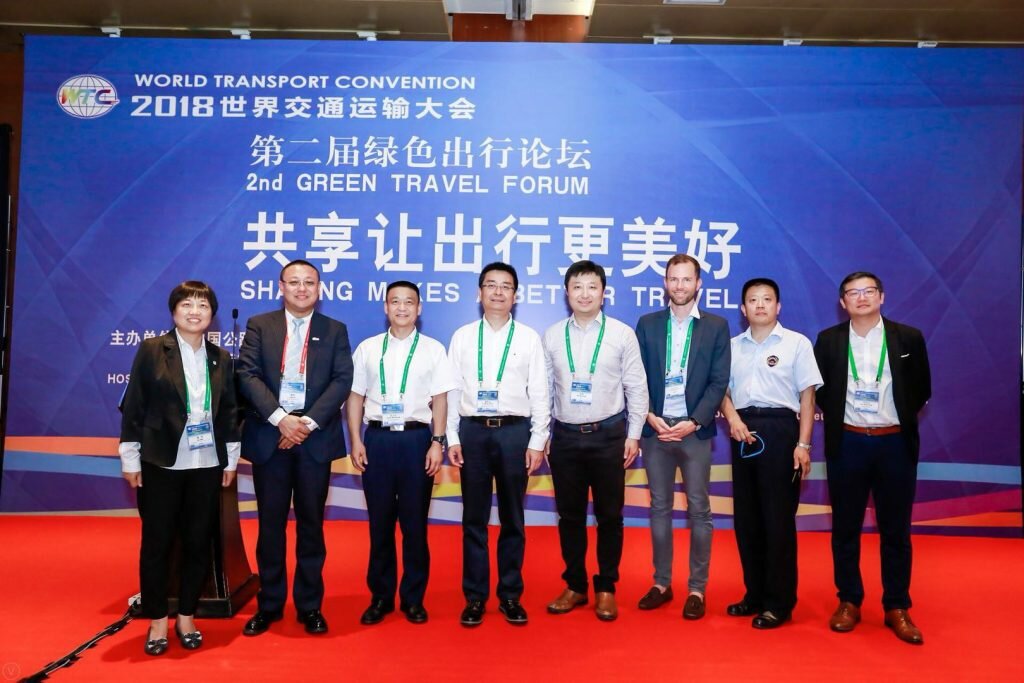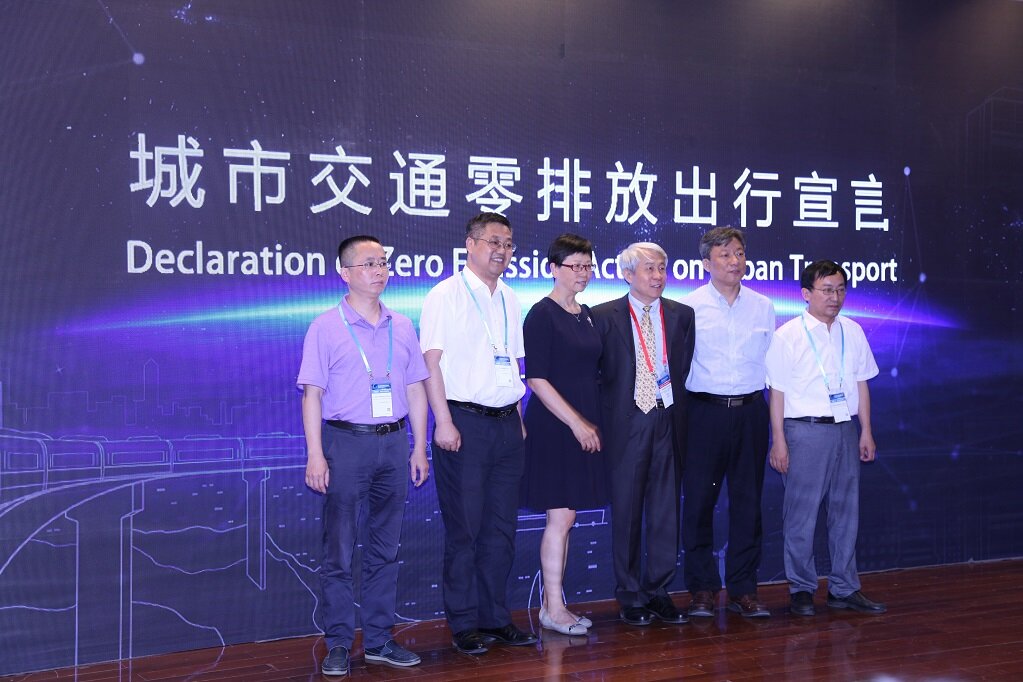All over the world, many cities are facing increasing levels of traffic congestion, road safety issues, as well as carbon and air pollutant emissions. In particular, the better integration of transport and urban planning is seen as a key to mitigate these effects and to create more livable cities. To promote smart and integrated urban mobility planning, the European Commission, in 2013, published the “Guidelines on Developing and Implementing A Sustainable Urban Mobility Plan”. Sustainable Urban Mobility Plans, also known as SUMP, aim at satisfying the mobility needs of people and businesses while improving the quality of life. The SUMP concept has been successfully applied in various countries around the world. In order to adapt to the current mobility trends, such as vehicle automation, vehicle electrification, shared mobility and their implications in the public transport systems, the SUMP guidelines were recently updated in their second edition, which you can find…
According to Katie Melua, there are nine-million bicycles in Beijing – and the city is working on bringing bicycles back to the roads by making cycling more safe…
The 3rd World Transport Convention (WTC 2019) took place from 13-16 June in Beijing under the theme “Green and Intelligent Mobility for Future Transport”. The WTC 2019, which…
Systematic and integrated transport planning is key to achieving low-carbon transport systems in cities. Sustainable Urban Mobility Planning can help cities to overcome institutional barriers by shifting from…
China’s rapid development in mobility and digitalization China is increasingly recognized as an innovation leader in mobility and digitalization. Companies in mobility services, like Didi or Meituan, in…
Zhongguancun. That is the name of the district in the north-west of Beijing, where more than a dozen billion-dollar “unicorn” startups set up their offices in the midst…
200 years ago, German inventor Philipp Moritz Fischer built the world’s first bicycle. Today, Germans own almost 74 million bikes and cover a distance of altogether nearly 25…
The evolution of free-floating bike-sharing in China Authors: Sebastian Ibold, Dr. Christoph Nedopil Review: Sandra Retzer, Tina Huang, Florian Ibold Since the explosive growth of free-floating bike-sharing in…
Can better transport create a better world? This question was at the heart of this year’s World Transport Convention. From 19-21 June 2018, Chinese and international companies, ministries,…
In order to reduce emissions and to boost industrial upgrading in the transport sector, China Academy of Transport Science (CATS) and the Asian Development Bank (ADB) jointly organized…









